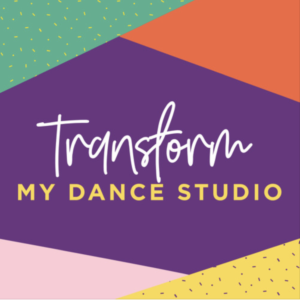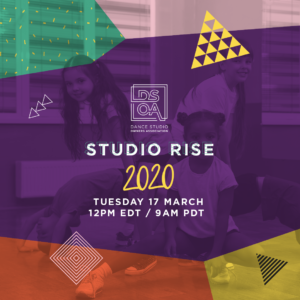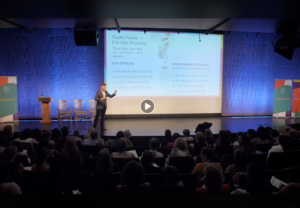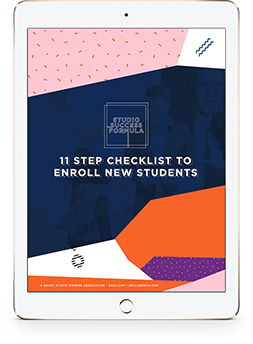With the Easter break quickly approaching and many of our UK, Australian and New Zealand dance studios already on their term break from school and dancing, it’s a very tempting time to switch everything off, forget about your business for a little while and just enjoy your time off.
Tempting, yes, but not always a great idea.
We are all about enjoying a life outside the studio and our blogs, podcasts and products are designed with this goal in mind. BUT here’s the kicker – this only works if you have put in the hard yards behind the scenes, and have your systems in place to support it.
In other words – if you’re falling behind, then you need to hustle before you can relax.
This may be surprising but breaks like school holidays and Easter can be a perfect time to get caught up with the business back-end interruption free. You can set a vacation responder on your email, turn on the answering machine and no-one will bat an eyelid. Hardly anyone is contacting you anyway as they enjoy their own time off and you can harness in on that one thing that is so hard to come by as a studio owner.
Uninterrupted time for growing your business.
So if you are feeling as though you are playing catch-up in your business then take some time during this break to get the one thing in order that is going to make the biggest difference to your studio: your finances. This isn’t going to take your entire break, so hit snooze on the panic alarm and let’s focus on just 3 financial reports that you can nail over Easter and continue using year-round.
#1 – Your Studio’s Profit & Loss Statement
This statement shows you a summary of the income and expenses for your studio. The profit and loss statement will inform you whether your business made or lost money for the week/month that you’re reviewing.
It’s calculated first by entering your revenue, known as the top line, and then subtracts the costs of doing business, including the cost of goods sold, operating expenses, tax expense and interest expense.
What’s left is your bottom line, which is the net income, also known as your profit.
This report should be readily available through your studio or accounting software, so if you have trouble generating it or finding exactly what you need then reach out to the software support team or your accountant.
#2. Your Balance Sheet
A balance sheet is a snapshot of what your studio owns (assets) and owes (liabilities) at the time of running the report (weekly or monthly). Your balance sheet is split into three areas:
- Assets – including cash, equipment (barres, mirrors, laptops), goodwill, money owed to business, stock
- Liabilities – including credit card debts, loans, money owed to suppliers and tax liabilities
- Owner’s equity – the amount left after liabilities are deducted from assets
#3. Your Custom Studio Weekly Report
While the above profit and loss statement and your balance sheet are generic financial reports that every business needs to generate, your weekly report is something to give you a glimpse at how your dance studio is performing in all its key areas. It also compares your results this week to last week, and month to month.
You can create your report in a Google Sheet, which means you can have your team edit the document so that everyone knows how you’re tracking. Your weekly report can include the following statistics:
- Fees Paid
- Fees Outstanding
- Other Income Paid
- Other Income Outstanding
- Staff Wages Paid
- Other Expenses Paid
- Current Student Numbers
- Current Total Families
- Student Drop-Offs
- Concerns & Complaints Received
- Current Teacher Numbers
- New Facebook Likes
- Total Facebook Likes
- Total Facebook Posts
- New Instagram Followers
- Total Instagram Followers
- Total Instagram Posts
These can, of course, be tailored to your studio depending on what is most useful in your situation, but once you have the Big 3 set up in your studio you will start seeing more tangible results, meaning you can budget and plan more effectively.
Most importantly setting these up NOW means that you can simply enter your data weekly and suddenly an overwhelming finance task has been broken down into bite-sized pieces that your team can manage easily.
And this means that by the time your next holidays roll around, you actually can take that time off. Guilt free.
For more financial, marketing and growth strategies specific to your dance studio join us in the Dance Studio Owners Association.
SHARE THE LOVE
[Sassy_Social_Share]
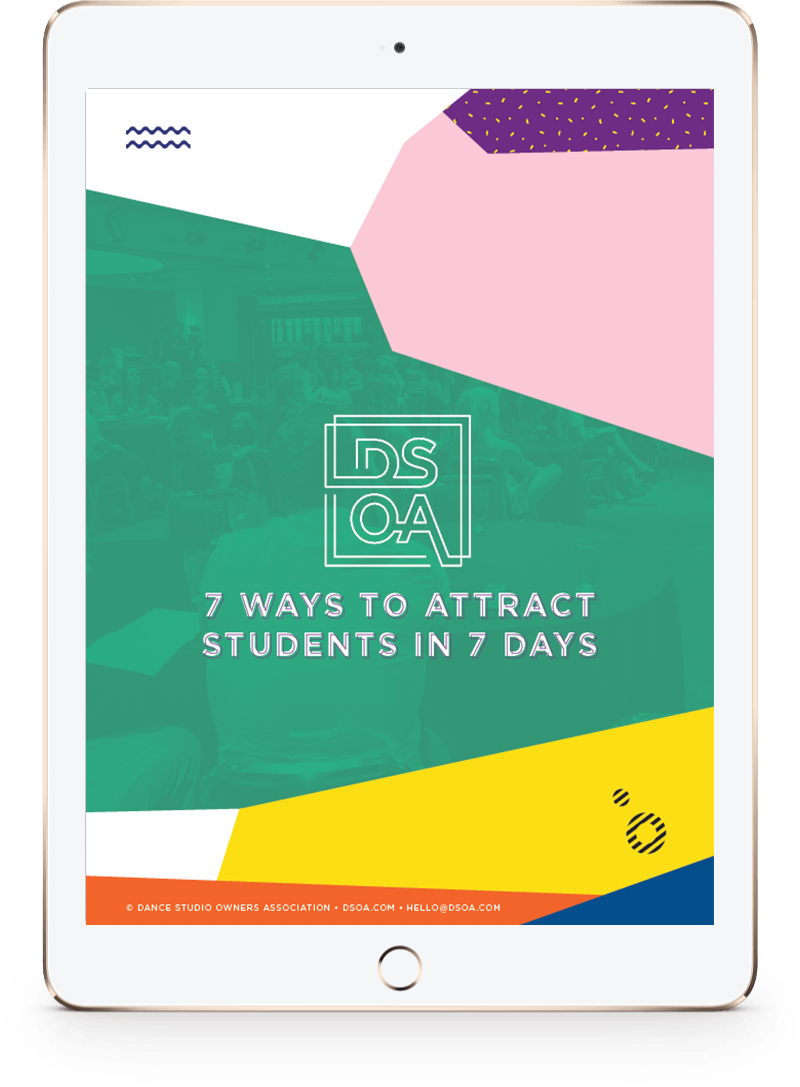
YOUR 7 DAY GUIDE TO ATTRACTING STUDENTS
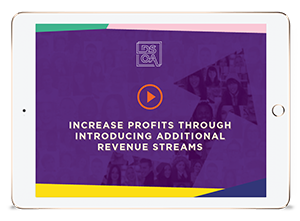
Increase Profits
Through Introducing Additional Revenue Stream

